Talk Overview
During development, how do embryos distinguish their posterior (tail) versus anterior (head)? Dr. Geraldine Seydoux’s lab uses the small worm C.elegans as a simple model to study this question. In her first video, she introduces how the sperm divides the egg into distinct anterior and posterior domains shortly after fertilization to create the body axis. Her lab discovered that the sperm introduces microtubules that reorganizes the distribution of a network of polarity regulators, called PAR proteins. The PAR proteins segregate into two non-overlapping domains that define the anterior and posterior axis of the worm.
In part two, Seydoux explains how the PAR domains reorganize other proteins in the cytoplasm of the one-cell embryo and creates a body axis. MEX-5 is an RNA-binding protein that localizes to the anterior side of the embryo, forming a concentration gradient in the cytoplasm. Excitingly, her lab discovered that the MEX-5 gradient is caused entirely by the difference in diffusion rates between two MEX-5 species! The shift between the two species is controlled by PAR-1-mediated phosphorylation. This simple mechanism explains how a protein can become localized to a particular area of the cell without directed transport.
Speaker Bio
Geraldine Seydoux

Dr. Geraldine Seydoux is a Howard Hughes Medical Institute investigator running a developmental biology lab at the Johns Hopkins University School of Medicine where she is currently the Sheldon Professor of Medical Discovery. Her lab focuses on understanding the mechanisms behind the early stages of embryogenesis. She received her BS in Biochemistry from the University… Continue Reading
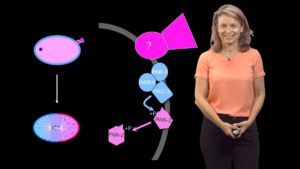
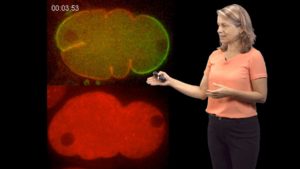
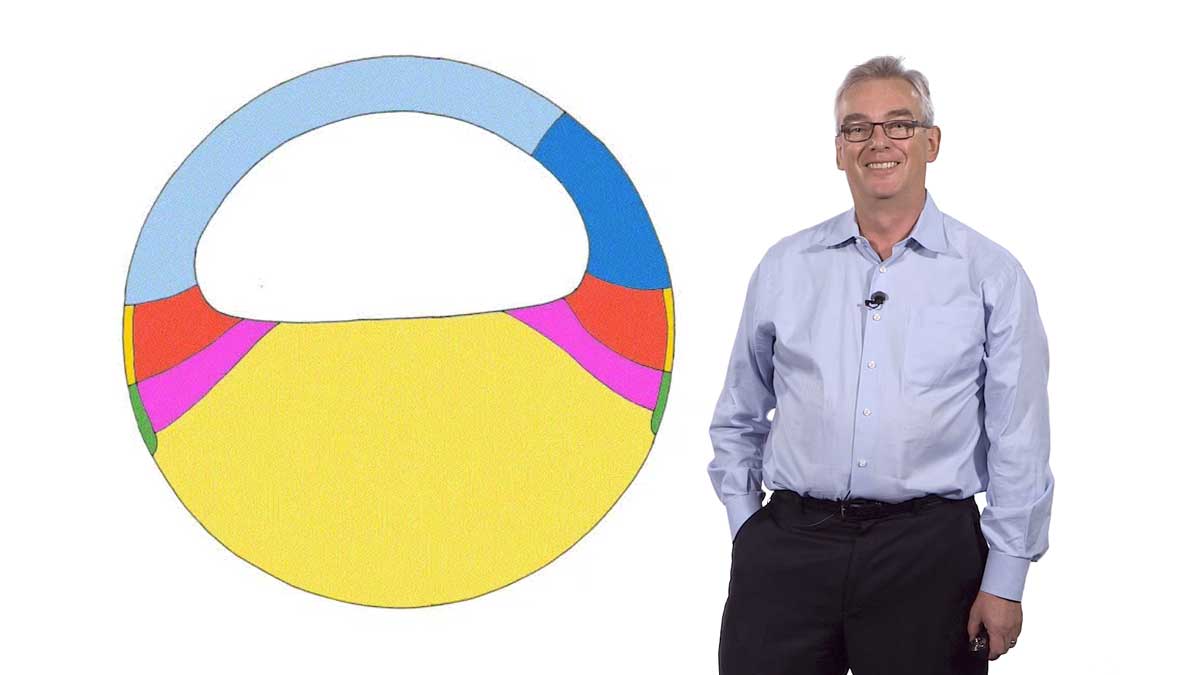

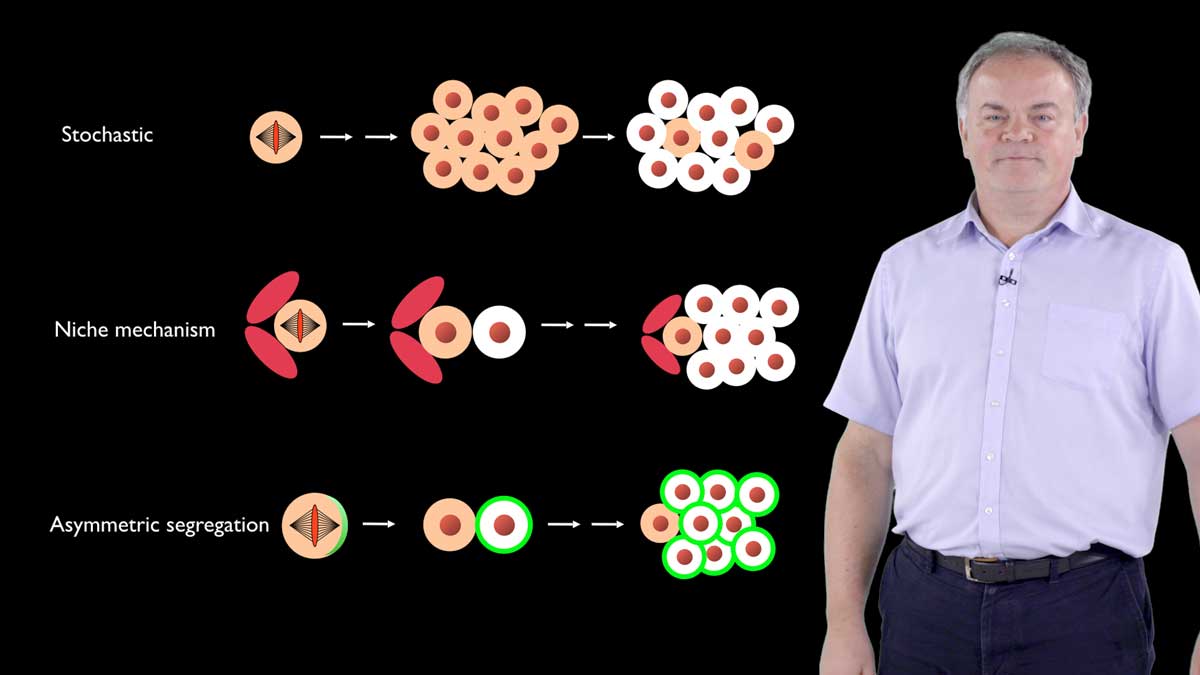
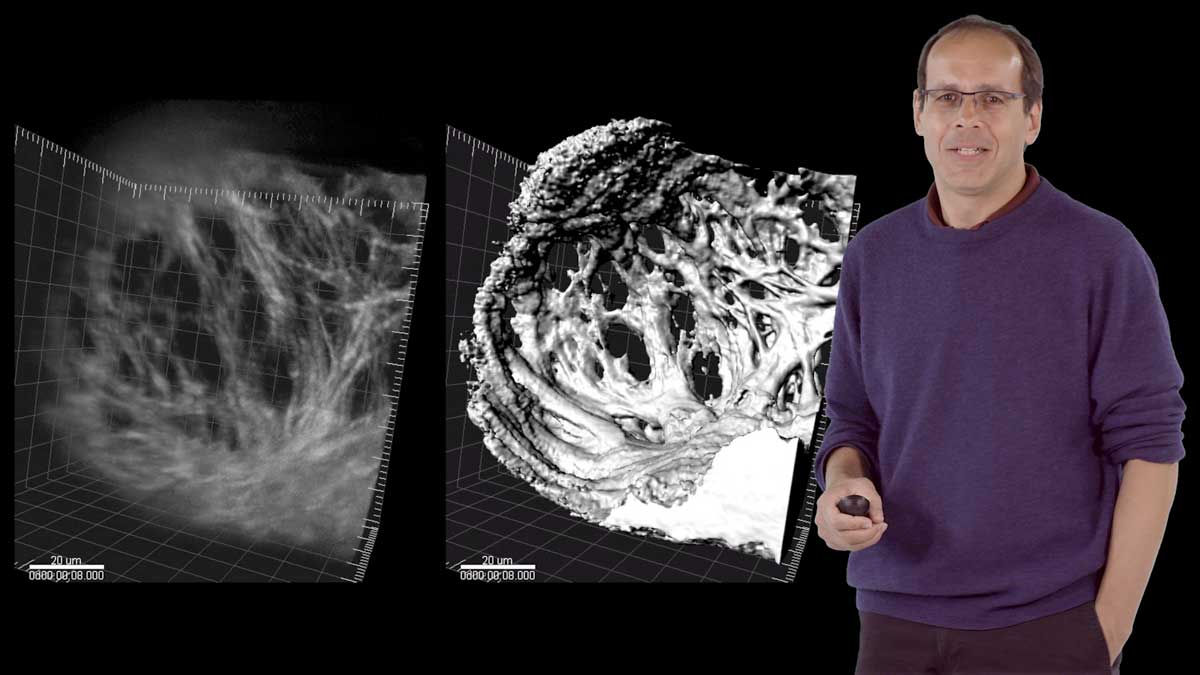





Leave a Reply